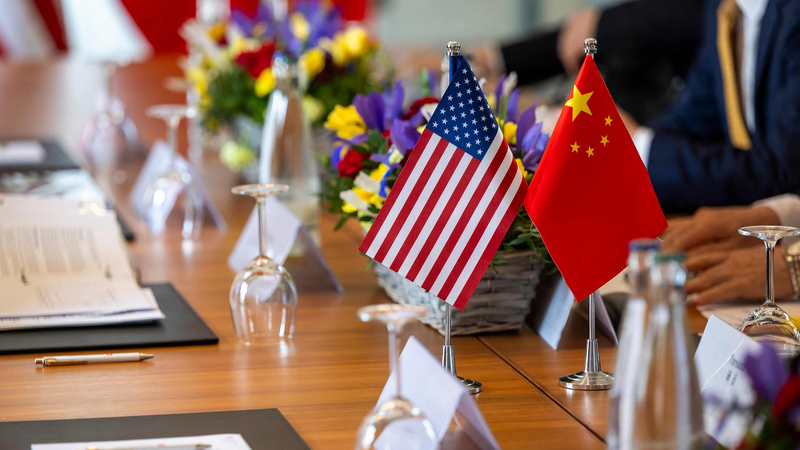Fresh off high-stakes negotiations in London, trade talks between the US and the Chinese mainland have produced a framework agreement aimed at easing current tensions. This deal, rooted in earlier consensus from Geneva and even a key phone call between leaders, is sparking cautious optimism in global markets, with many Asian stock markets already showing a positive uptick. 🚀
However, the agreement stops short of laying out a detailed, long-term strategy. Instead, both sides appear focused on a tactical pause—buying time to manage immediate challenges and prevent further escalation. Economists warn that while this move calms the market for now, volatility may remain the name of the game as deeper disagreements persist. 📊
One persistent challenge is the lingering impact of policies pushing for decoupling the US economy from the Chinese mainland. U.S. companies are actively diversifying their supply chains to reduce dependencies, yet many still view the market of the Chinese mainland as key to their long-term strategies. This balancing act is prompting a demand for more stable, institutionalized dialogue and predictability among business communities.
Beyond tariffs, disputes over rare earths, semiconductors, and other advanced technologies underscore a strategic contest where economic interdependence can become a lever in global competition. With what some call a “digital iron curtain” dividing technological ecosystems, businesses worldwide may soon face higher costs and fragmented standards as they navigate a bifurcated landscape.
As trade relations enter this new phase, the framework agreement may well be just a temporary pause—a moment to reset and prepare for ongoing challenges. For young professionals, investors, students, and cultural enthusiasts watching these shifts, staying agile and informed is more crucial than ever in an unpredictable global economy.
Reference(s):
What's next for China-U.S. trade relations after the London talks?
cgtn.com




